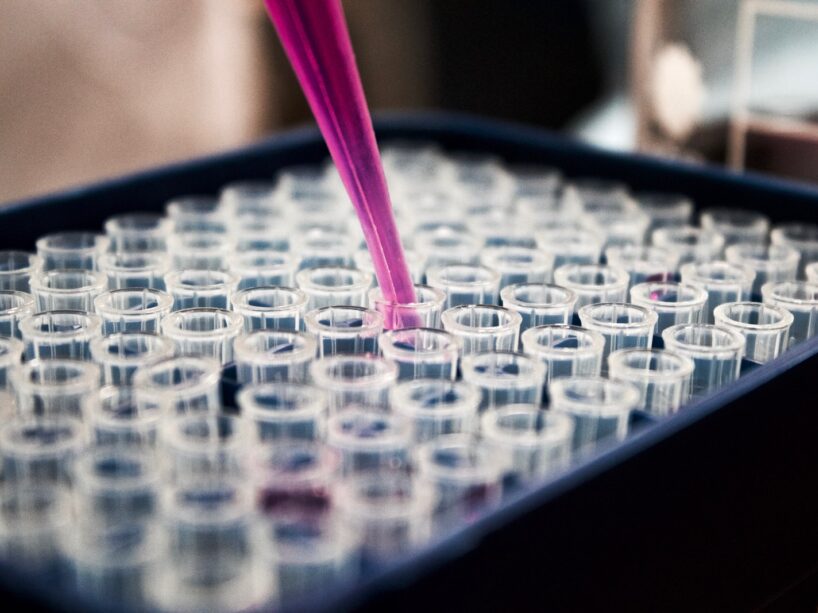The Pros and Cons of Planting Liquid Trees: Is It a Sustainable Solution to Climate Change?
The concept of planting liquid trees has been gaining traction in recent years as a potential solution to climate change. Liquid trees are a type of artificial tree that uses a combination of solar energy, water, and carbon dioxide to produce liquid fuels. While this technology has the potential to reduce carbon emissions and provide a renewable energy source, there are both pros and cons to consider before implementing it on a large scale.
The primary benefit of liquid trees is that they can be used to capture and store carbon dioxide from the atmosphere. This process, known as carbon sequestration, can help reduce the amount of carbon dioxide in the atmosphere and slow the rate of global warming. Additionally, liquid trees can be used to produce renewable energy sources such as biofuels, which can help reduce our dependence on fossil fuels.
On the other hand, there are some drawbacks to planting liquid trees. For one, the technology is still in its early stages and is not yet cost-effective. Additionally, the process of capturing and storing carbon dioxide is not yet perfected, and there is a risk that the carbon dioxide could be released back into the atmosphere. Finally, liquid trees require a large amount of land and resources to be planted and maintained, which could lead to deforestation and other environmental issues.
Overall, liquid trees have the potential to be a sustainable solution to climate change, but there are still many questions that need to be answered before they can be implemented on a large scale. While the technology has the potential to reduce carbon emissions and provide a renewable energy source, it is important to consider the potential drawbacks before investing in this technology.
Exploring the Potential of Liquid Trees to Help Combat Deforestation and Improve Air Quality
Deforestation is a major environmental issue that has been plaguing the planet for centuries. It has caused a variety of problems, including the destruction of habitats, the loss of biodiversity, and the disruption of the global climate. In recent years, the problem has become even more pressing, as the rate of deforestation has increased dramatically. In response to this, a number of innovative solutions have been proposed, including the use of liquid trees.
Liquid trees are a type of artificial tree that uses a combination of water, nutrients, and light to produce oxygen. The trees are designed to mimic the natural process of photosynthesis, and they can be used to help combat deforestation and improve air quality. The trees are made up of a series of interconnected tubes, which are filled with a nutrient-rich solution. This solution is then exposed to light, which triggers the photosynthesis process and produces oxygen.
The potential benefits of liquid trees are numerous. For starters, they can help to reduce the amount of deforestation that is occurring. By providing an alternative source of oxygen, liquid trees can help to reduce the need for cutting down trees for oxygen production. Additionally, the trees can help to improve air quality by releasing oxygen into the atmosphere. This can help to reduce the amount of pollutants in the air, which can have a positive impact on human health.
Finally, liquid trees can also help to reduce the amount of energy that is required to produce oxygen. By using a renewable energy source, such as solar power, liquid trees can help to reduce the amount of energy that is needed to produce oxygen. This can help to reduce the amount of greenhouse gases that are released into the atmosphere, which can help to combat climate change.
Overall, liquid trees have the potential to be a powerful tool in the fight against deforestation and air pollution. By providing an alternative source of oxygen, they can help to reduce the amount of deforestation that is occurring, while also improving air quality and reducing the amount of energy that is needed to produce oxygen. As such, liquid trees are an innovative solution that could have a significant impact on the environment.
How Liquid Trees Could Help Mitigate the Effects of Drought and Water Scarcity
Water scarcity and drought are two of the most pressing environmental issues of our time. As climate change continues to alter weather patterns, the availability of water is becoming increasingly unpredictable. In many parts of the world, water scarcity is already a reality, and the situation is only expected to worsen in the coming years.
One potential solution to this problem is the use of liquid trees. Liquid trees are a type of artificial tree that uses a combination of solar energy and water to produce a continuous supply of clean water. The trees are designed to capture and store rainwater, and then use solar energy to evaporate the water and condense it into a liquid form. This liquid can then be used for drinking, irrigation, and other purposes.
The use of liquid trees could help to mitigate the effects of drought and water scarcity in several ways. First, the trees can provide a reliable source of clean water in areas where water is scarce. This can help to reduce the need for people to rely on contaminated sources of water, which can lead to health problems.
Second, the trees can help to reduce the amount of water that is lost through evaporation. By capturing and storing rainwater, the trees can help to ensure that more of the available water is used for beneficial purposes.
Finally, the trees can help to reduce the amount of energy that is needed to produce clean water. By using solar energy to evaporate and condense the water, the trees can help to reduce the amount of energy that is needed to produce clean water. This can help to reduce the amount of energy that is used to produce clean water, which can help to reduce the amount of greenhouse gases that are released into the atmosphere.
Overall, liquid trees could be a valuable tool in helping to mitigate the effects of drought and water scarcity. By providing a reliable source of clean water, reducing the amount of water that is lost through evaporation, and reducing the amount of energy that is needed to produce clean water, the trees could help to ensure that more of the available water is used for beneficial purposes.







